The main uses of CFD simulations
Developed in the beginning of the decade of 1960, Computational Fluid Dynamics, also known as Computational Fluid Dynamics (CFD), started being widely used throughout the 1990s due to the computational technological development in that period.
The method is accomplished through the union between numeric calculations and the laws of the thermo fluid dynamics. Thus, the CFD uses numerical simulations to analyze systems which have fluid flow, heat transfer and other related phenomena.
Which are the stages of a CFD simulation?
Usually, a simulation with mathematical programs grounded on CFD can be divided into three stages: pre-processing, simulation and post-processing.
Pre-processing
In the pre-processing the parameters are defined: field of study (domain), geometry and mesh construction (domain discretization), physical and numerical criteria, among others.
CFD Simulation
In the simulation stage the equations which define the fluid dynamics are solved. Thereby, it is possible to achieve the variable values of discretized governing equations such as velocity, pressure and temperature.
The simulation is only possible due to the discretization of the fluid, usually through the finite volume method, which in turn allows for the Navier-Stoker equations to be solved in order to achieve the desired result.
Post-processing
Lastly, in the post-processing stage, it is important to analyse whether the result is coherent. In this stage the relevant data is extracted to enable its conversion into graphics and tables, thus allowing for further system analysis.
In this phase it is essential the use of the knowledge acquired throughout the academic and professional career of the person in charge of the analysis, especially in the field of thermo fluid dynamics.
CFD allows the visualization of the fluid distribution in respect to the desired variable in different manners. In the case presented on Figure 1, the profile is attained for the velocity of a fluid within a combustion chamber, as well as the flow lines. It is also possible to simulate the flow through tridimensional videos and the observation of critical operation points in a system.

Main applications for CFD in the industry
‘Resolved Analytics’ carried out research with 624 users of CFD programs. Using this data as a starting point it was possible to observe in which areas of the industry Computational Fluid Dynamics is mostly applied.
The automobile sector registered the highest percentage of users (20%), followed by the field of engineering-related services (18%) and the energy and aerospace sectors (10%).
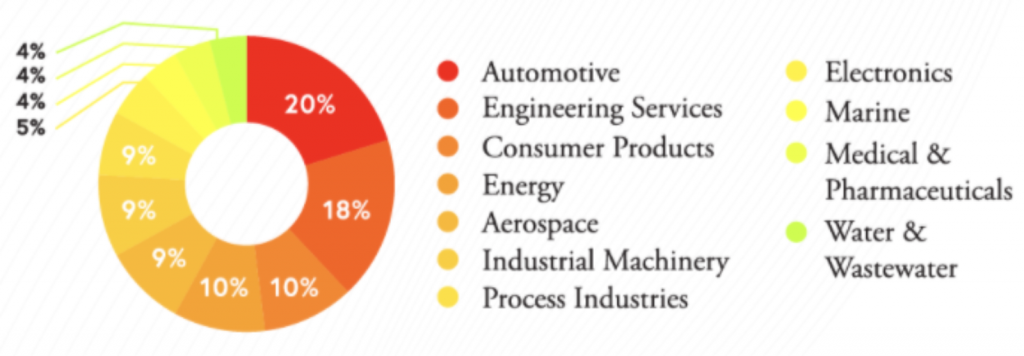
In the above mentioned fields the potential CFD applications are:
- Vehicle projects: seeking the maximum performance and minimum cost for land, sea and aeronautical vehicles;
- Power plant projects: with the object of reaching high levels of efficiency and few pollutants;
- Reactors projects and operations;
- Research on fluid flows phenomena in pipes;
- Analysis and optimization of industries which use heating or cooling in its equipment processes.
It is also important to highlight the increase of CFD in biomedical applications. Its application in studies of fluid flow in the human body is a trend and can present considerable growth within the next few years.
An important example of CFD application in the field of automobiles, which is widely done by the professionals at KOT, is the aerodynamic modelling of racing prototypes with the objective of developing rear wings in order to increase downforce. As soon as the configuration project was finished, it was possible to run a simulation and the result was the increase of the downforce values by 75%.

Another interesting situation is the study of thermo fluid dynamic equipment which are part of a dedusting system. The following study developed by KOT’s team was based on the analysis of the water flow inside a pipe circuit used for cooling and temperature distribution, as well as pressure in the pipes. To conclude the study, the different transfer amounts of heat between fluid and structure were compared.

However, the applications should not be limited to the main industries. Computational Fluid Dynamics can be used in projects and analysis of various sectors which also requires the manipulation of fluids.
Why use CFD tools?
The choice of using CFD software can easily enable the development of new projects which use heat and fluids in their productive process, as well as assisting in reaching solutions for these processes. This happens because, without computational simulations, it would be necessary to build several prototypes for analysis, which would make this process costly and time consuming.
Computational Fluid Dynamics allows, through a parameter change, running test in different scenarios. Thus, it is possible to verify which would present low performance and find the ideal scenario easily. Thereby, the prototype is built exclusively considering models which presented appropriate performance.
Furthermore, the construction of prototypes can be impractical from a financial or difficult access perspective, accordingly with the analysed systema.This is not the case for computational fluid dynamics. the use of CFD allows the analysis of phenomena which take place inside and in confined spaces, where the visualization of the researched phenomena in a physical model would not be possible or would incur high prices.
Combines, everything enables the reduction of time spent in the project, in detriment to flaws right at the beginning of the overall process. It also reduces costs as, like previously explained, alterations on the simulation are cheaper than building a prototype.
Not exclusively in projects, the CFD is also essential for the verification of the existing system operations. Clogging, high temperatures, high pressure, low yields are common problems within industries, and their cause can be identified through simulations. Finding solutions for these cases is essential to avoid system breakdowns or production failures.
To learn more about Computational Fluid Dynamics and their applications follow the link to KOT Engenharia’s website.

Aender Ferreira
Mechanical Technician from CEFET-MG, Mechanical / Aeronautical Engineer from UFMG and Master in mechanical projects from the same university. Before graduation, he had experiences in the mining, maintenance, project design, experimental engineering and automotive industries. As an Engineer, he started his career in the maintenance sector performing calculus activities for fatigue in aeronautical components and structures. Subsequently, he was invited to compose the Board of Directors of KOT Engineering, working in the commercial sector of the company, helding the position for almost 15 years.

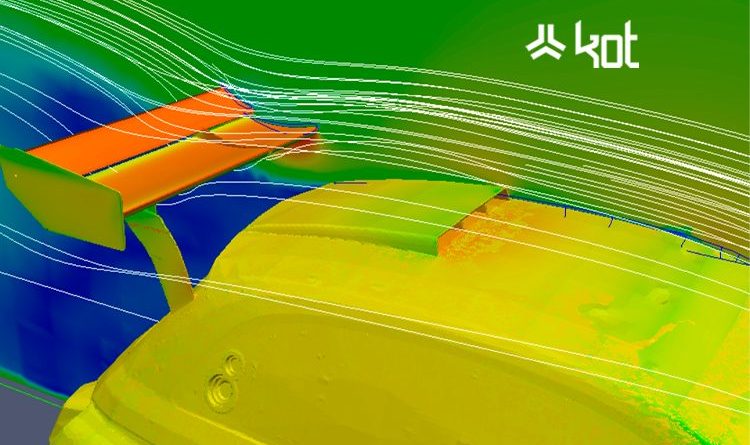
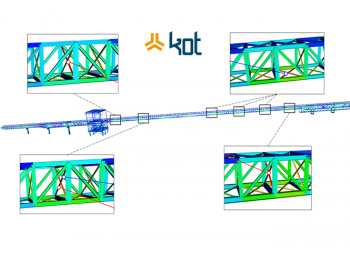



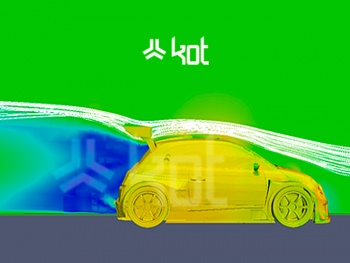
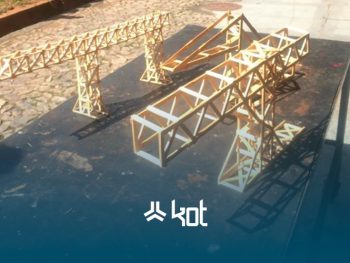

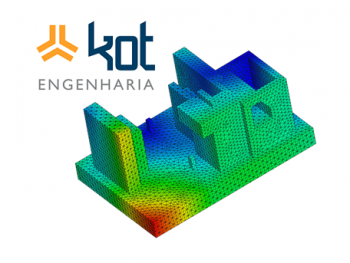
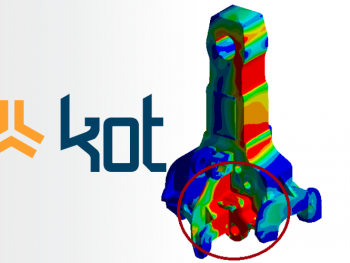
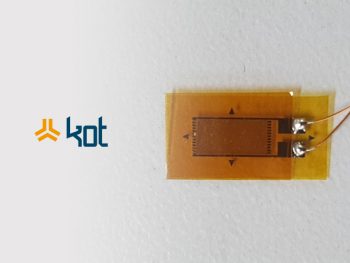
Leave a Reply